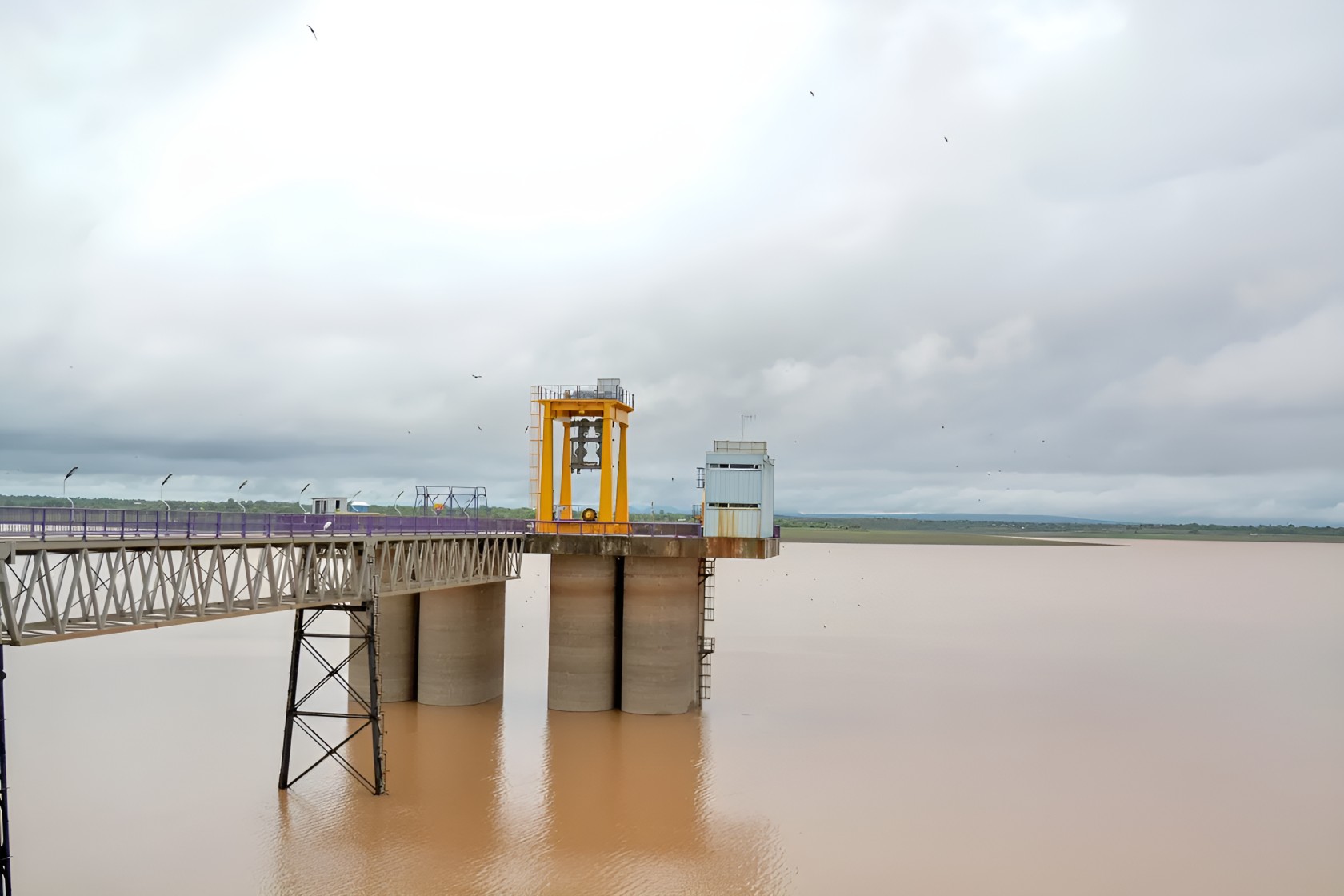Relief is coming for power consumers as Masinga Dam, Kenya’s largest hydroelectric reservoir, has managed to maintain steady water levels this week despite ongoing climate challenges.
This stability is a positive sign amid fluctuating rainfall patterns that have increasingly impacted hydroelectric power generation, creating pressure for energy planners to seek more diverse sources of electricity.
The sustained water levels at Masinga offer much-needed reassurance at a time when climate change poses significant risks to the country’s reliance on hydropower.
Kenya Electricity Generating Company (KenGen) Managing Director and CEO Peter Njenga revealed that recent data indicates Masinga Dam’s water level has risen to 1,056.97 metres above sea level (m.a.s.l.), exceeding the maximum threshold of 1,056.50.
"This is a significant boost for Kenya’s electricity supply, as Masinga forms the backbone of the Seven Forks cascade a network of five interconnected hydroelectric stations that collectively power a large portion of the country’s economy. However, the wider hydroelectric system remains closely monitored,” Njenga said in a statement.
KenGen reports that other hydro plants—Kamburu, Gitaru, Kindaruma, Kiambere, Turkwel, Sondu, and Sang’oro—are also performing well, maintaining optimal water levels.
"While this stability at Masinga and the other hydropower facilities is encouraging, it is no longer something we can take for granted," Njenga noted.
"We are facing a new reality, which is why we are investing heavily in geothermal energy to protect Kenyans from the unpredictability of rainfall-dependent power generation," he added.
Hydroelectricity remains Kenya’s most affordable and long-standing power source but is highly susceptible to changing rainfall patterns.
Recent droughts have significantly reduced hydroelectric output, prompting a reassessment of the country’s dependence on water-based dams.
Today, geothermal energy—harnessed from deep within the volcanically active Rift Valley—accounts for over 42% of Kenya’s daily electricity consumption, with KenGen’s geothermal plants in Olkaria contributing more than 33%.

